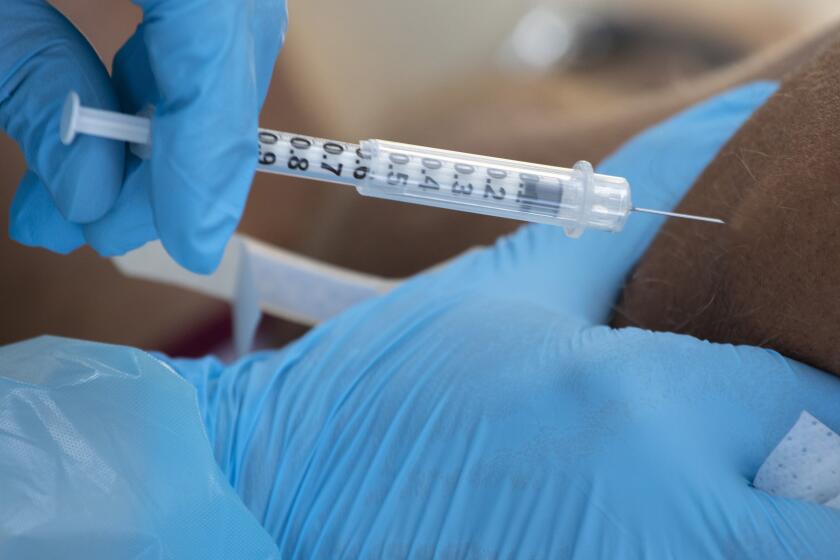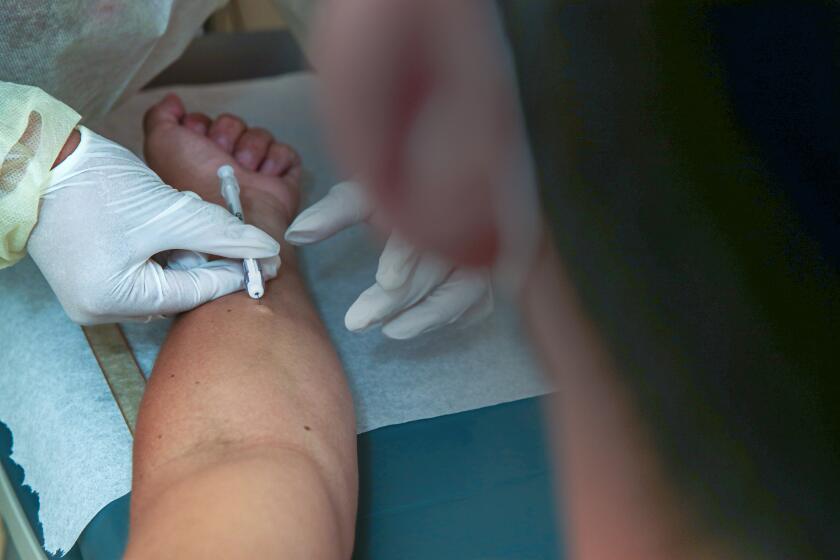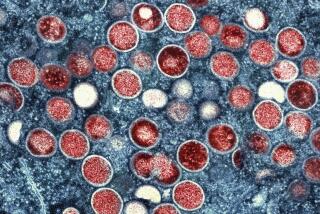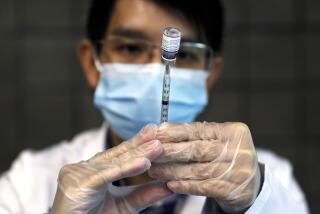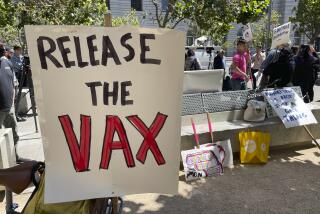Data suggest MPX vaccine is effective, CDC says
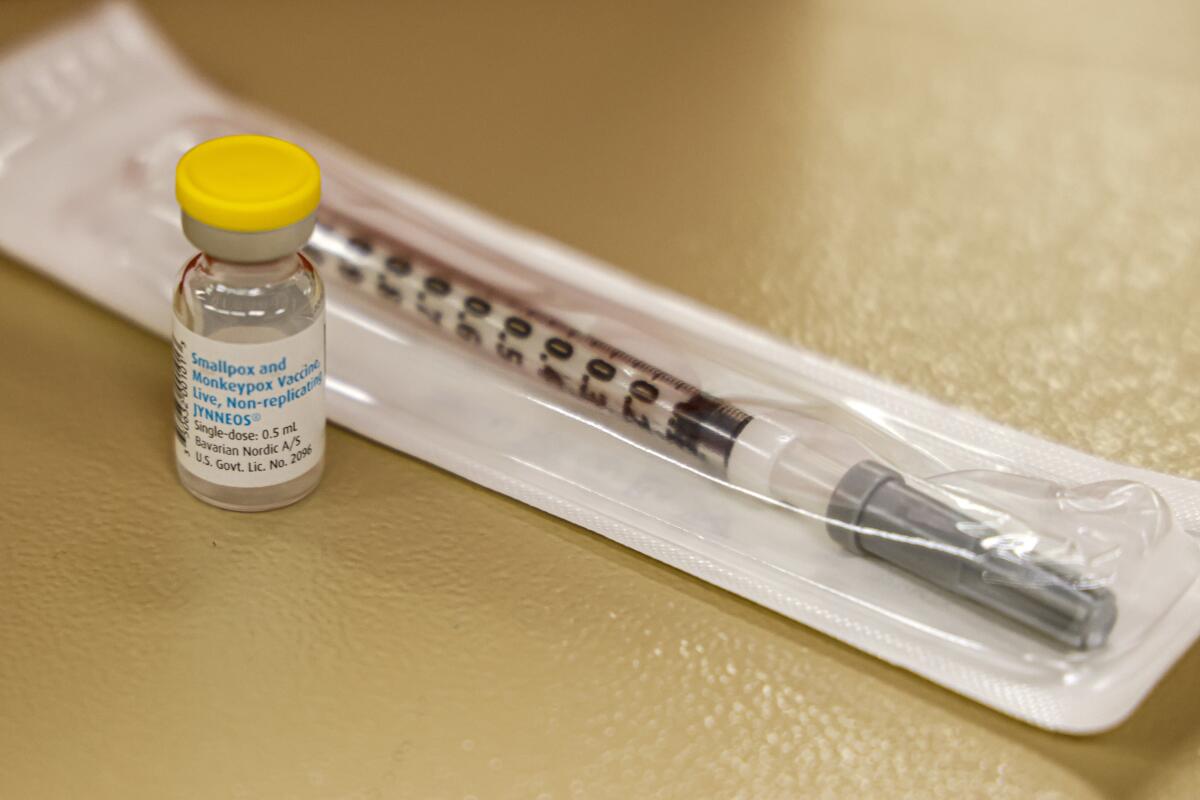
WASHINGTON — At-risk people who received a single dose of the vaccine for MPX appeared to be significantly less likely to get sick, U.S. health officials announced this week, even as they urged a second dose for full protection.
It was the first look public health officials have offered into how the Jynneos vaccine is affecting MPX, a disease that is primarily spread among men who have sex with infected men.
Editor's Note:
In light of widespread concerns that the name “monkeypox” is racist and stigmatizing, the World Health Organization has renamed the disease “mpox.”
“These new data provide us with a level of cautious optimism that the vaccine is working as intended,” Dr. Rochelle Walensky, director of the U.S. Centers for Disease Control and Prevention, said Wednesday.
Roughly 800,000 first and second doses of the vaccine have been administered to Americans considered high-risk for becoming infected with the MPX virus, said Bob Fenton, who is coordinating the White House’s effort to combat the disease.
Vaccines for MPX are now easier to get. Los Angeles County has expanded eligibility, and you can get a shot at one of several walk-up clinics.
There are no scientifically conclusive data available to prove effectiveness of the Jynneos vaccine against MPX, which is what some health authorities call the virus long known as monkeypox.
But the CDC’s new figures show that unvaccinated men between the ages of 18 and 49 who were considered eligible for the vaccine were 14 times more likely to become infected with the MPX virus as those who had one dose at least two weeks earlier. The data came from 32 states for cases between July 31 through Sept. 3.
Still, Walensky said, lab studies show the highest level of immunity from the virus is reached after people get a second dose of the vaccine, calling it “really important.”
The United States leads the world in MPX infections, which can cause rashes, fevers, body aches and chills. More than 25,000 cases have been reported.
The U.S. had early problems in its response, with officials struggling to distribute the vaccine after the first case was detected in May. As some cities and counties tried to stretch the limited supply this summer, they stopped offering the recommended second dose.
Eligibility for the Jynneos shot also was expanded to children at high risk for the virus.
Now public health officials are trying to catch up, reminding people to get their second shot. About 150,000 second doses had been administered as of Sept. 17, the CDC said.
“We’re really asking providers to do outreach to get people their second doses,” Walensky said.
Public health officials also announced changes Wednesday to who is eligible for the vaccine and how they can get it.
The new CDC guidance is intended to reach more people who might be at risk for MPX exposure. The guidance makes gay, bisexual men and transgender people who have had more than one sexual partner in the last six months eligible for the vaccine. It also allows the vaccine to be administered on the shoulder or upper back so marks from the shot can be covered with clothing.
The number of new MPX cases has declined in recent weeks, but there are signs of worsening racial disparities, with Black people making up roughly 47% of new cases reported the week of Sept. 11.
